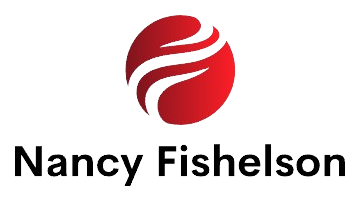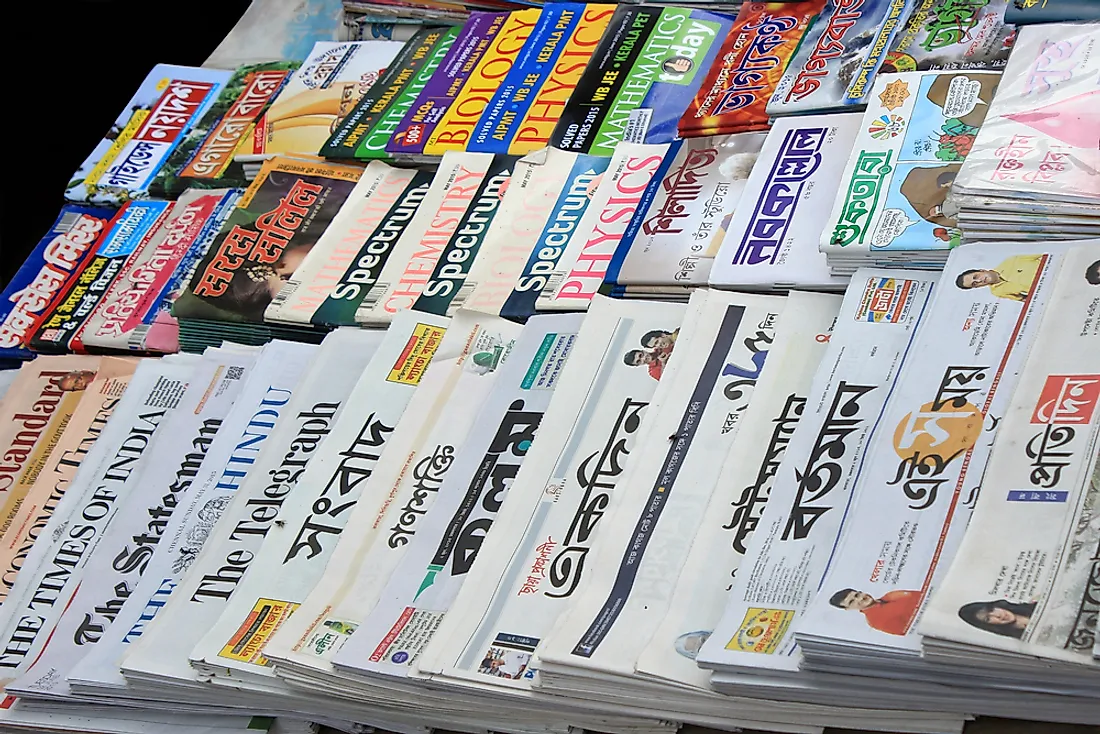Introduction
How Many Jobs Are Available In Newspapers/Magazines: In an era where digital platforms dominate the dissemination of information, newspapers and magazines remain steadfast pillars of the media landscape. Despite the proliferation of online news sources, these traditional mediums continue to play a vital role in shaping public opinion, informing communities, and providing employment opportunities. This exploration delves into the job market within newspapers and magazines, examining the diverse array of roles available, the evolving nature of these positions, and the prospects they offer in an ever-changing industry.
The Evolution of Print Media in Newspapers/Magazines
Historical Context: Tracing the roots of Newspapers/Magazines back centuries, from early forms of hand-written news bulletins to the invention of the printing press, which revolutionized mass communication.
Rise of Magazines: The emergence of magazines in the 18th century, catering to niche audiences with specialized content ranging from fashion to politics.
Industrial Revolution and Mass Circulation: How technological advancements during the industrial revolution led to the mass production and distribution of newspapers, democratizing access to information.

The Anatomy of a Newspaper/Magazine
Editorial Department: Roles within the editorial team, including editors, journalists, copywriters, and researchers, responsible for content creation, fact-checking, and storytelling.
Design and Layout: The significance of graphic designers, layout artists, and illustrators in crafting visually engaging publications that capture readers’ attention.
Advertising and Sales: Exploring opportunities in advertising sales, marketing, and circulation management, vital for sustaining revenue streams in print media.
Diverse Job Opportunities
Journalism: Investigative reporters, feature writers, columnists, and correspondents contribute to the rich tapestry of stories that inform and engage readers.
Editorial: Editors oversee content development, ensuring quality, accuracy, and adherence to editorial guidelines, while sub-editors refine language and structure.
Design and Production: From art directors to typesetters, professionals in this domain bring creativity and technical expertise to the visual presentation of Newspapers/Magazines.
Advertising and Marketing: Sales representatives, account managers, and marketing specialists collaborate to attract advertisers and promote publications to target audiences.
Skills and Qualifications
Journalism: Strong writing skills, research acumen, and a commitment to factual accuracy are essential for aspiring journalists, often complemented by degrees in journalism or related fields.
Design and Layout: Proficiency in graphic design software, an eye for aesthetics, and an understanding of typography are prerequisites for roles in design and layout.
Business Acumen: Sales and marketing roles demand negotiation skills, market awareness, and the ability to cultivate relationships with clients and stakeholders.
Challenges and Opportunities
Digital Disruption: The advent of online news platforms has posed challenges to the viability of print media, leading to declines in circulation and advertising revenue.
Adaptation and Innovation: Newspapers/Magazines have embraced digital transformation, leveraging online platforms, multimedia content, and paywalls to diversify revenue streams and reach wider audiences.
Niche Markets: Specialized publications catering to specific interests, demographics, or geographic regions continue to thrive, offering opportunities for niche journalism and targeted advertising.
Future Trends
Integrated Media Models: The convergence of print, digital, and multimedia platforms has given rise to integrated media models, where publications offer content across multiple channels to engage diverse audiences.
Data-driven Journalism: The use of data analytics and interactive storytelling techniques is shaping the future of journalism, enabling deeper insights and audience engagement.
Sustainability Initiatives: Amid concerns about environmental impact, Newspapers/Magazines are exploring sustainable printing practices, digital-first strategies, and subscription models to reduce carbon footprint and enhance long-term viability.
Editorial Excellence
Investigative Journalism: Delving into the world of investigative reporting, where journalists uncover hidden truths, expose corruption, and hold power to account.
Beat Reporting: Exploring the realm of beat reporting, where journalists specialize in covering specific topics such as politics, education, or sports, providing in-depth analysis and expert insights.
Editorial Leadership: Examining the role of editors-in-chief and managing editors, who steer the editorial direction, uphold journalistic standards, and foster a culture of innovation and excellence.
Creative Design and Layout
Visual Storytelling: Spotlighting the role of multimedia designers, infographics specialists, and interactive storytellers, who leverage visual elements to enhance reader engagement and comprehension.
Page Layout Mastery: Unveiling the artistry of page layout designers, who combine typography, imagery, and whitespace to create visually compelling newspaper and magazine layouts that guide readers through the content journey.
Print Production Wizards: Introducing the unsung heroes of print production, including prepress technicians, press operators, and bindery specialists, who ensure the seamless transformation of digital designs into tangible publications.
Advertising and Revenue Generation
Brand Partnerships: Exploring the world of brand partnerships and sponsored content, where advertising executives collaborate with brands to create targeted campaigns that resonate with readers while driving revenue for publications.
Audience Engagement: Discussing the role of community managers and social media strategists, who cultivate online communities, foster reader interaction, and amplify the reach of print media brands across digital platforms.
Subscription Strategies: Analyzing subscription managers’ efforts to attract and retain loyal readers through subscription models, membership programs, and exclusive content offerings tailored to diverse audience preferences.
Digital Innovation and Transformation
Multimedia Integration: Delving into the integration of multimedia elements such as videos, podcasts, and interactive graphics into print media platforms, enhancing storytelling capabilities and diversifying audience engagement channels.
Data-driven Insights: Exploring the utilization of data analytics tools and audience metrics to inform editorial decision-making, personalized content recommendations, and optimize advertising placement for maximum impact and ROI.
User Experience Enhancement: Discussing user experience (UX) designers’ contributions to optimizing the digital reader experience, from intuitive navigation and responsive design to accessibility features that cater to diverse user needs and preferences.
Sustainability and Social Responsibility
Environmental Stewardship: Addressing the print media industry’s commitment to environmental sustainability through eco-friendly printing practices, recycled paper usage, and carbon offset initiatives aimed at minimizing ecological footprint.
Diversity and Inclusion: Examining efforts to foster diversity and inclusion within newsrooms and editorial teams, ensuring equitable representation of voices, perspectives, and lived experiences across content creation and decision-making processes.
Community Engagement: Highlighting print media’s role as a catalyst for community engagement and social impact, through initiatives such as local journalism partnerships, civic engagement campaigns, and grassroots advocacy efforts.
Specialized Editorial Roles
Data Journalists: Investigating the growing field of data journalism, where professionals analyze and interpret complex datasets to uncover trends, patterns, and insights that inform data-driven storytelling.
Editorial Cartoons: Exploring the artistry of editorial cartoonists, who employ humor, satire, and visual metaphor to convey socio-political commentary and spark public discourse through their illustrations.
Ombudspersons: Discussing the role of ombudspersons or public editors, who serve as liaisons between readers and news organizations, addressing reader concerns, complaints, and feedback regarding journalistic standards and ethics.
Innovative Design and Production
Augmented Reality Specialists: Delving into the realm of augmented reality (AR) design, where professionals create immersive and interactive experiences that augment print media content through the use of AR technology and smartphone apps.
Book Layout Designers: Highlighting the niche expertise of book layout designers, who specialize in designing book interiors, cover layouts, and typography treatments for print publications ranging from novels to academic texts.
Packaging Designers: Exploring the role of packaging designers in magazine publishing, who conceptualize and design the packaging for special edition issues, collector’s editions, and subscription box sets, enhancing the visual appeal and collectability of print media products.
Strategic Business Development
Content Licensing Managers: Discussing the role of content licensing managers, who negotiate and manage licensing agreements to syndicate print media content for publication in international markets, specialty publications, and digital platforms.
Audience Development Specialists: Examining the efforts of audience development specialists, who employ audience segmentation, engagement analytics, and targeted marketing strategies to grow and retain print media readership through subscription acquisition and retention initiatives.
Events and Experiential Marketing: Exploring the intersection of print media and live events through the role of events managers and experiential marketing specialists, who organize and promote branded events, workshops, and conferences that extend print media brands into real-world experiences.
Technological Advancements and Automation
Print Automation Engineers: Delving into the field of print automation engineering, where professionals develop and implement automated workflows, robotic systems, and digital printing technologies to streamline print production processes and enhance operational efficiency.
Artificial Intelligence (AI) Editors: Discussing the emerging role of AI editors, where machine learning algorithms analyze data trends, reader preferences, and content performance metrics to generate editorial recommendations, optimize content distribution, and personalize reader experiences in print media.
Digital Asset Managers: Highlighting the importance of digital asset management (DAM) professionals, who oversee the organization, archival, and retrieval of digital assets such as images, videos, and multimedia content for use in print media publications and digital platforms.

Ethical Considerations and Social Impact
Media Ethics Consultants: Addressing the role of media ethics consultants, who provide guidance, training, and advisory services to news organizations and editorial teams on ethical standards, integrity principles, and responsible journalism practices.
Community Engagement Coordinators: Exploring the responsibilities of community engagement coordinators, who develop and implement outreach programs, public forums, and community partnerships that foster dialogue, civic participation, and social cohesion through print media initiatives.
Accessibility Advocates: Discussing the importance of accessibility advocates within print media organizations, who advocate for inclusive design practices, accessibility standards compliance, and accessibility features implementation to ensure equitable access to print media content for readers with disabilities.
Conclusion
Despite the challenges posed by digital disruption, Newspapers/Magazines remain vital conduits of information, opinion, and entertainment. The job market within these traditional mediums continues to evolve, offering diverse opportunities for individuals with a passion for storytelling, creativity, and community engagement. By embracing digital innovation, cultivating niche audiences, and adapting to changing consumer preferences, print media professionals can navigate the shifting landscape and contribute to the enduring legacy of Newspapers/Magazines in the media ecosystem.










